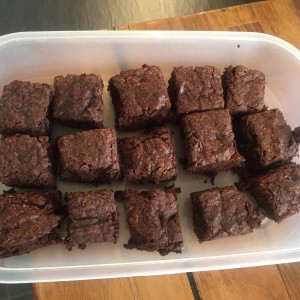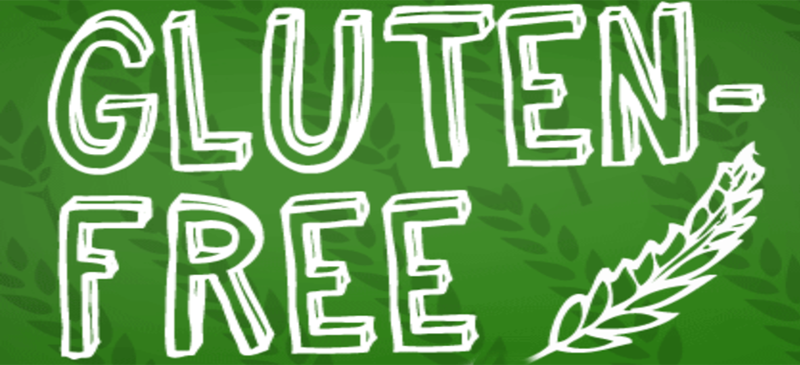
Prick it where it’s tight! Dry-needling and how it differs from acupuncture
May 6, 2015
Can you YMCA with that Shoulder?
May 17, 2015
So many wheat and gluten free flour alternatives are available such as coconut flour, almond flour, buckwheat, spelt, amaranth, millet and so much more! You don’t have to cut out your sweet tooth for the health of your gut!
Going gluten free has been trendy for a few years now, with supporters claiming that ditching wheat make you lose weight and increase energy and sports performance. “Gluten-free is the new low-carb,” people are thinking now a days.
But unless you are one of the very few who really suffer from Celiac disease, an autoimmune disorder where the body attacks itself in the presence of gluten – a protein found in wheat, rye and barley – or the few who are gluten intolerant, eliminating gluten from your diet will not help you lose weight or boost energy. In fact, there are disadvantages to consuming gluten-free products.
The Properties of Gluten
Gluten is part of a protein found in three grains: wheat, rye and barley – which gives elasticity to foods like bread and pizza dough. In healthy individuals, these foods cause no problem. But in those with wheat sensitivities or allergies, gluten damages parts of the small intestine called villi, finger-like projections lining the gut that absorb nutrients. With time, celiac disease will flatten those villi, making the surface smooth so they cant hang on to nutrients from food.
Unfortunately, wheat is such a prominent part of everyone’s diet that it can be extremely difficult to get rid of. Besides wheat or rye bread, gluten hides in foods like soy sauce, malt vinegar, couscous, beer and wine, cereals, and certain energy bars. Other grains similar to wheat like spelt, farrow, semolina and triticale, will also trigger allergies or intolerances. Oats don’t contain gluten but may be could get contaminated during processing.
If you know you are gluten intolerant, you will experience sickening gastrointestinal symptoms almost immediately after ingesting wheat, barley or rye.
Celiac disease, on the other hand, may or may not result in bloating, gassiness, constipation or diarrhea. Instead, you may be irritable or depressed, or experience joint pain, a skin rash, anemia, mouth sores or weight loss.
How to eat right on a gluten-free diet
When you eat a whole foods diet and have control over ingredients or know what and hoe to eat, then eating gluten free will be is a piece of cake. The trick is to shop for foods like fruits and veggies, chicken, fish and lean meat, low-fat milk and yogurt and the trendy foods like black rice, quinoa, an amaranth which are all naturally gluten free. Corn, beans, potatoes, millet, gluten-free oats, buckwheat and all kinds of rice are all still fine too.
If you truly do suffer from a gluten allergy, eliminating it from your diet will relieve you from symptoms, including higher energy levels and fewer GI complaints.
If you don’t have an actual allergy or intolerance, it won’t make you lose weight and it won’t enhance sports performance. If it does, it’s probably because you’re eating more quality foods, like quinoa instead of white rice or oats instead of whole wheat bread.
Now some important notes: People often mistake going gluten-free for eating grain-free, which can result in inadequate intake of iron, fiber and B vitamins. Also, packaged gluten-free products are high in fat, trans fat and sugar, and can actually lead to weight gain. Pick a natural source over the packaged stuff or bake/cook it yourself.




